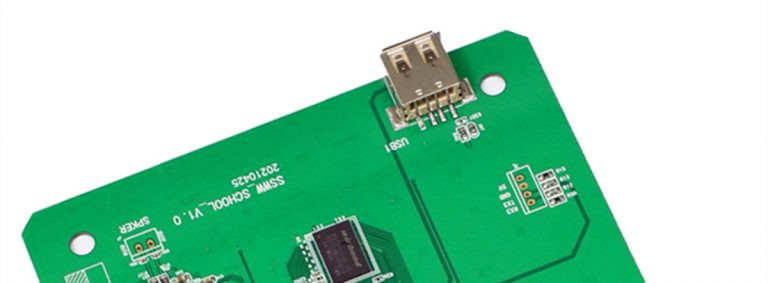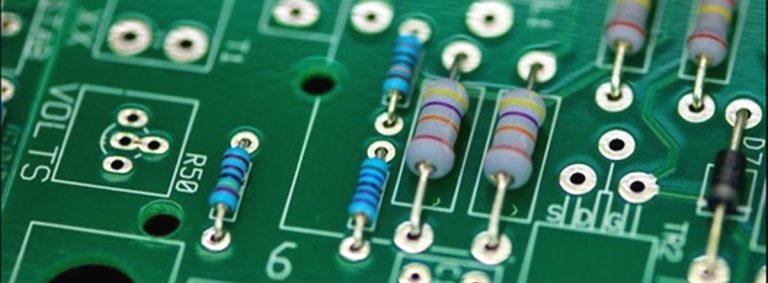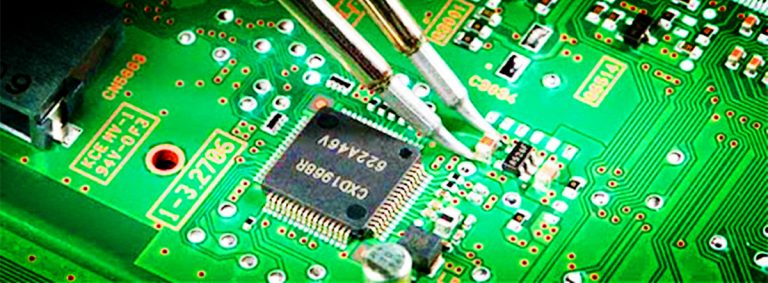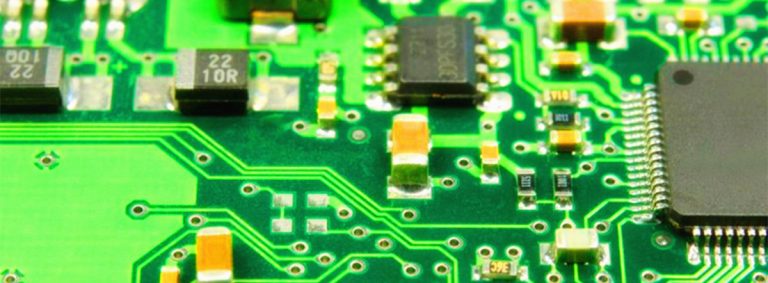The Causes of Virtual Soldering in SMT Patch Processing

First of all, we must understand what the virtual soldering of a PCB board is. Virtual soldering in SMT is a relatively common problem in chip processing. Virtual welding is the appearance of welding together, the surface is welded but in fact, it is not completely fused together.
The reason for the virtual welding is that the temperature of the weld joint surface is too low, the fusion size is too small, or even not melted during the SMT patch processing. They are not really welded together.
Reasons for virtual soldering in SMT patch processing:
1. The current setting does not meet the process regulations, resulting in insufficient current in the SMT patch processing and welding process, resulting in poor welding.
2. There are impurities such as rust and oil stains on the weld joint surface, or the weld joint surface is uneven, and the contact is poor, which leads to an increase in contact resistance, a decrease in current, and a situation where the temperature of the welding joint surface is not enough.
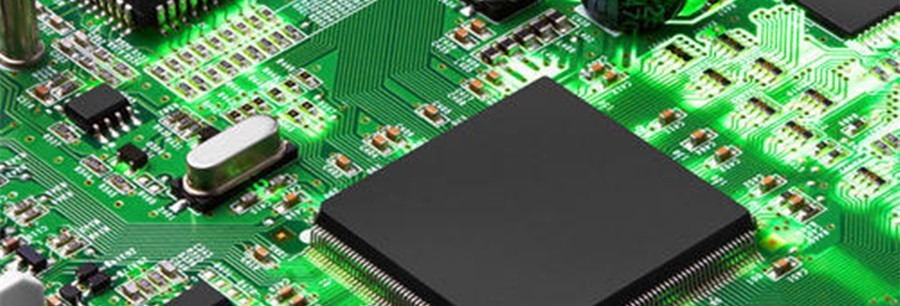
3. Too little overlap of the weld leads to too small a joint area to withstand greater pressure. If there is too little overlap or cracking phenomenon, the stress will be more concentrated, leading to cracking and breaking.
4. If the pressure of the welding wheel for SMT patch processing is not enough, it will cause excessive contact resistance and reduce the actual current. In this case, an alarm will be issued when the system is working normally.
In the process of SMT patch processing, if you can’t immediately determine the cause of the false welding, you can choose to clean the head and tail of the steel strip, then increase the welding overlap, appropriately increase the welding current, and the welding wheel pressure, and weld again. Pay close attention to the formation state of the weld during welding. In most cases, the problem can be dealt with in an emergency.



